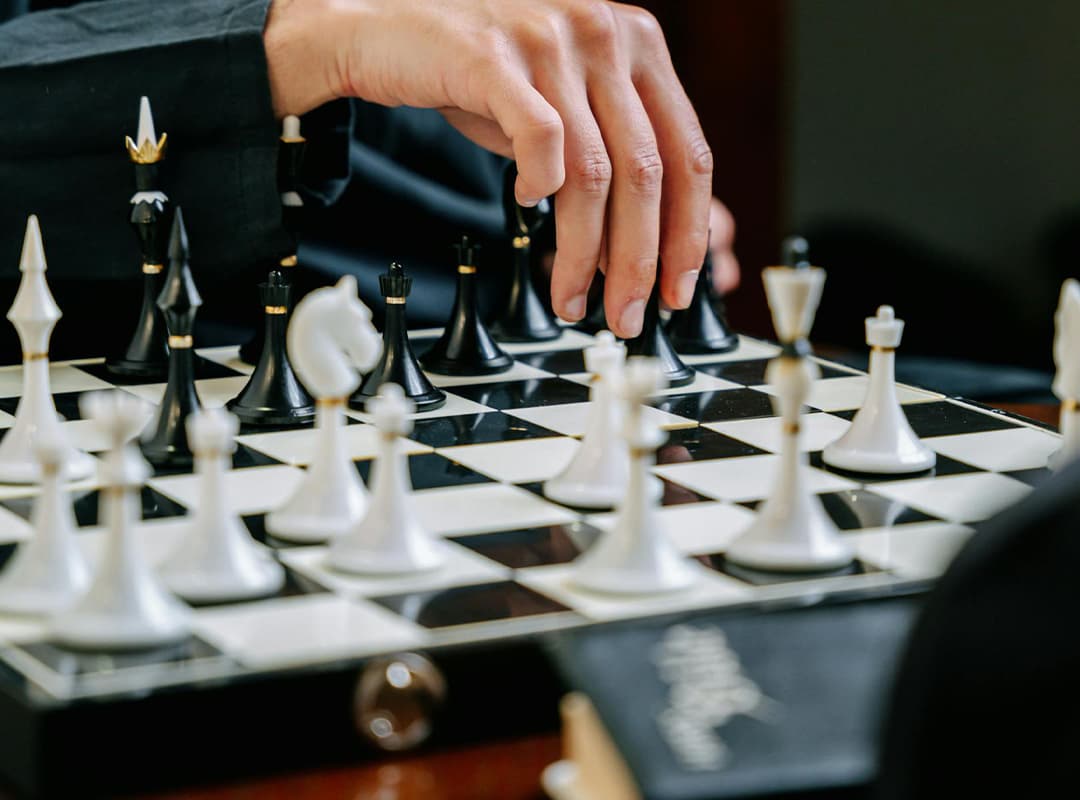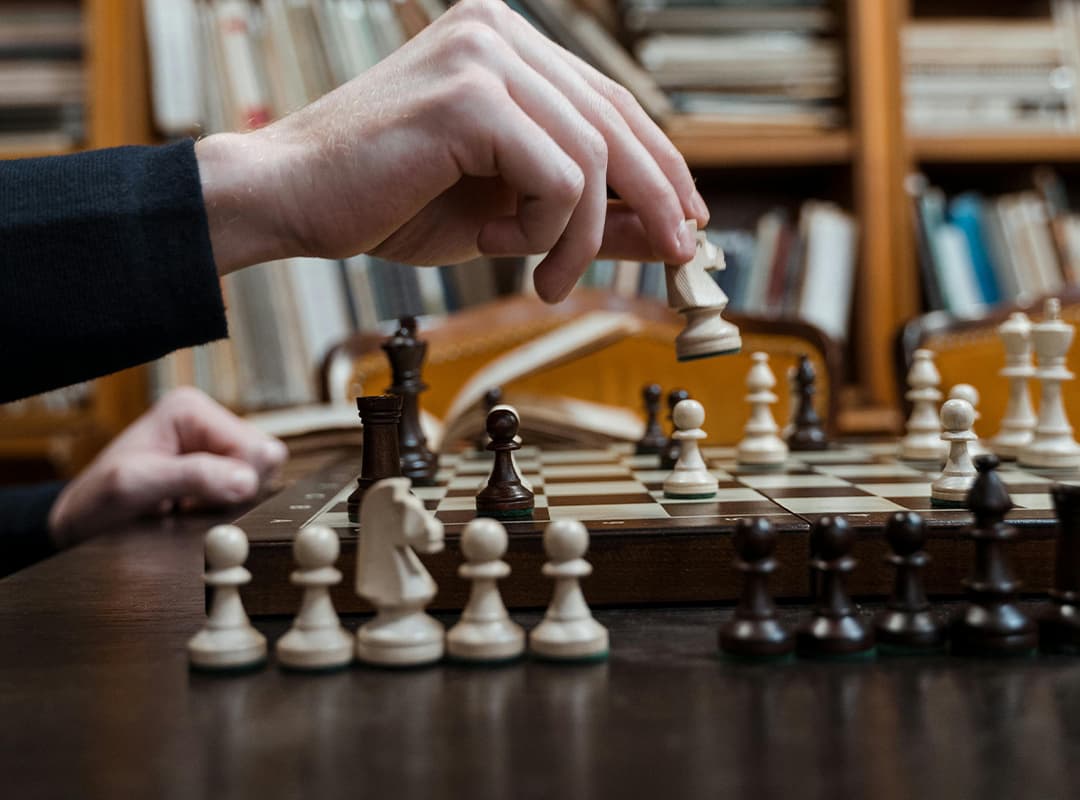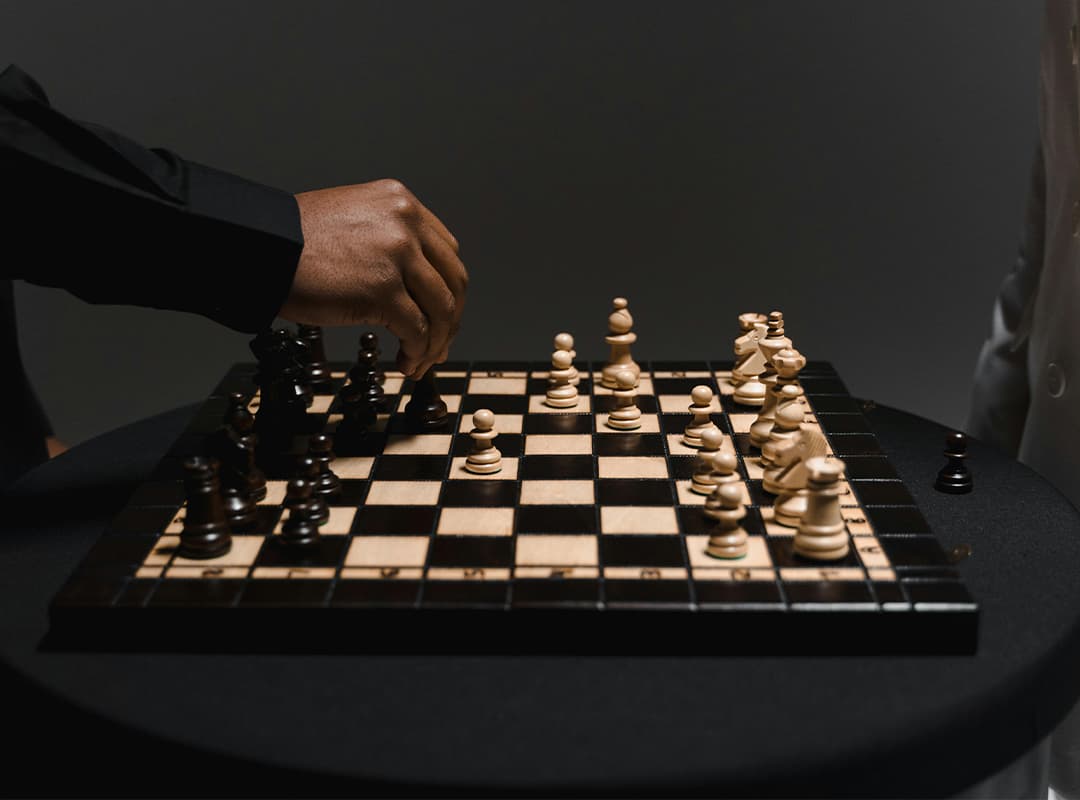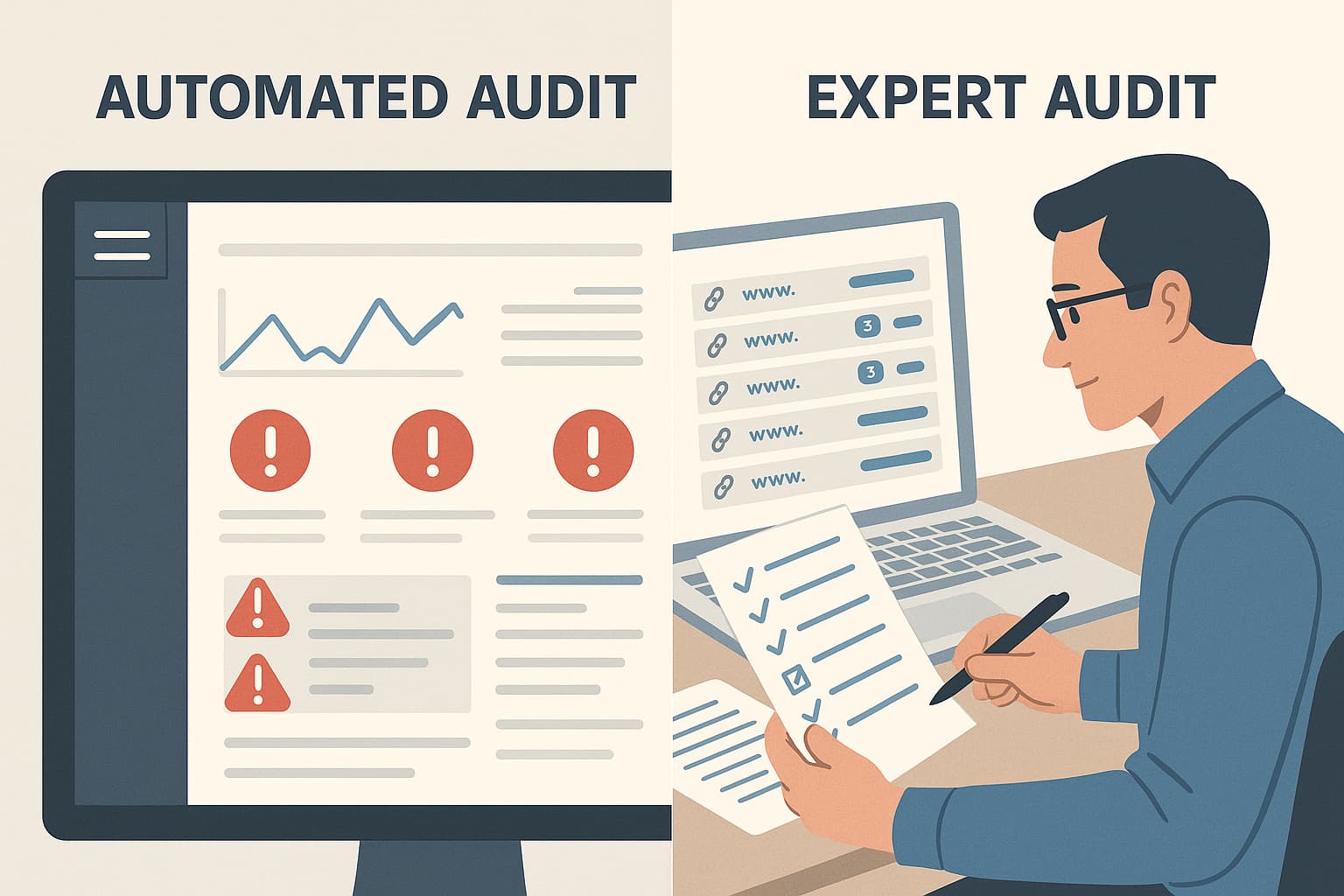The endgame is a crucial phase in chess where precision and advanced strategy play a decisive role. Unlike the opening and middlegame, where piece coordination and attack patterns dominate, the endgame often involves fewer pieces and a heightened focus on pawn structure, king activity, and accurate calculation. For those looking to take their game to the next level, mastering advanced endgame strategies can make a significant difference in winning complex games. This guide covers essential techniques and strategies to refine your endgame skills, with tips for practicing with tools like play chess computer to sharpen your technique.
1. King Activity and Opposition
In the endgame, the king becomes a powerful piece, often crucial for controlling key squares and helping promote pawns. King activity and understanding opposition—an advanced concept where one king controls access to certain squares—are key to many endgame victories.
How to Approach It:
- Centralize the King: The king should move toward the center or the area where pawns are advancing. A centralized king often exerts greater control and limits the opponent’s options.
- Use Opposition Tactics: Opposition is a technique where one king takes a position directly opposing the other, limiting the opponent’s king’s movement. Use opposition to control critical squares and force your opponent into suboptimal positions.
Practicing king maneuvers with a play chess computer allows you to see how the opponent’s king responds to your moves, giving you a real-time feel for the power of opposition and king positioning.
2. Pawn Structure and Passed Pawns
The power of pawns becomes much more evident in the endgame. A passed pawn, one with no opposing pawns in its path to promotion, can be a decisive advantage. Understanding pawn structure and techniques for promoting passed pawns is essential for endgame success.
How to Approach It:
- Create Passed Pawns: Look for opportunities to trade pawns and create a clear path to promotion. In many cases, sacrificing a pawn can lead to a passed pawn with winning potential.
- Support the Passed Pawn: Use your king or other pieces to escort the passed pawn toward promotion. The more advanced the passed pawn, the greater the pressure on your opponent.
- Oppose Opponent’s Passed Pawns: If your opponent has a passed pawn, block it effectively, using either your king or pieces. If possible, create counterplay on the opposite side of the board to distract their king and pieces.
Use the play chess computer to practice against scenarios with passed pawns, learning how to navigate both offensive and defensive positions involving pawn structure.
3. The Concept of “Shouldering” in King Moves
“Shouldering” is an advanced endgame technique where one king prevents the opposing king from approaching key squares by using positioning. This technique is often used to control space, ensuring your opponent’s king can’t reach important areas of the board.
How to Approach It:
- Anticipate King Movements: In endgames where both sides have only kings and pawns, aim to shoulder your opponent’s king away from critical squares.
- Execute Side-Steps: By moving your king to an adjacent file, you force the opposing king to detour, gaining valuable tempo.
- Master in Practice Games: Using the play chess computer to practice shoulder moves is highly beneficial. The computer’s responses can help you identify the best moments to initiate shoulder tactics.
Mastering this technique requires practice, but it can be game-changing in close endgames, helping you convert slight advantages into wins.
4. Piece Coordination and Minor Pieces
In endgames with bishops, knights, or rooks, understanding how to coordinate these pieces effectively can make all the difference. Rooks, for example, are powerful in open positions, while bishops dominate diagonals. Knowing how to coordinate your remaining pieces while considering the specific endgame context can lead to significant advantages.
How to Approach It:
- Use Rooks Actively: Rooks should ideally be placed on open files or behind passed pawns. In rook endgames, maintaining active rooks is critical.
- Leverage the Bishop Pair: If you have two bishops, utilize them to cover wide areas of the board and control diagonal lines.
- Knight Centralization: Knights are stronger when centralized, especially in endgames with closed pawn structures. Aim to place the knight on squares where it controls the most territory.
Practicing with a play chess computer helps improve piece coordination by testing your ability to maneuver effectively and cover crucial squares without overlooking key moves.
5. Zugzwang and Forcing Moves
Zugzwang is a powerful endgame strategy that forces the opponent to make a disadvantageous move, often losing material or the game. Recognizing and creating zugzwang situations is an advanced skill that gives you control over the board, leading your opponent into challenging positions.
How to Approach It:
- Identify Key Moves: Study endgame puzzles that involve zugzwang to learn how to set up and recognize these positions.
- Place Your Pieces Effectively: Position your pieces in ways that limit the opponent’s options, forcing them into moves that worsen their situation.
- Practice Specific Scenarios: Using the play chess computer, set up positions with zugzwang potential and see if you can create and maintain the zugzwang until you secure an advantage.
The concept of zugzwang is complex, but practicing it allows you to use it as a strategy to turn equal positions into winning ones.
6. Convert Material Advantage with Precision
One of the hardest aspects of the endgame is converting a slight material advantage into a win. While having an extra pawn or a better position is beneficial, converting these small advantages requires skill and precision.
How to Approach It:
- Be Patient: Don’t rush to exchange pieces or make pawn moves without calculating their impact. Instead, carefully consider each move.
- Maximize King Activity: Use your king actively to support other pieces or secure key squares that can help push pawns forward.
- Avoid Unnecessary Trades: Trading pieces in the endgame is often beneficial, but only if it leads to a clearer path to victory.
Practicing these situations with a play chess computer helps reinforce your understanding of when to trade pieces and when to maintain the advantage, ensuring you don’t lose your winning edge.
7. Study Classic Endgames
Many famous chess endgames illustrate powerful strategies, including Reti’s maneuvering and Lucena’s rook technique. Studying these classic endgames helps build a strong foundation for recognizing and using advanced techniques.
How to Approach It:
- Learn Key Patterns: Study and memorize key endgame setups, such as the Lucena and Philidor positions, as they provide blueprints for common scenarios.
- Practice with Variations: Change pieces or pawns in famous endgame setups to understand how small adjustments impact the outcome.
- Apply in Practice Matches: Play through these classic endgames with a play chess computer to reinforce your understanding and apply these principles in real games.
Studying classic endgames prepares you for practical endgame play, giving you a toolkit of patterns and strategies you can rely on.
Mastering the endgame requires deep understanding and practice. Advanced techniques such as king activity, pawn structure manipulation, and recognizing zugzwang allow you to turn complex endgames in your favor. By practicing with tools like play chess computer, you can test different strategies in real time and reinforce your knowledge. With dedication and practice, you’ll be able to turn challenging endgames into winning ones, bringing your overall game to the next level.



